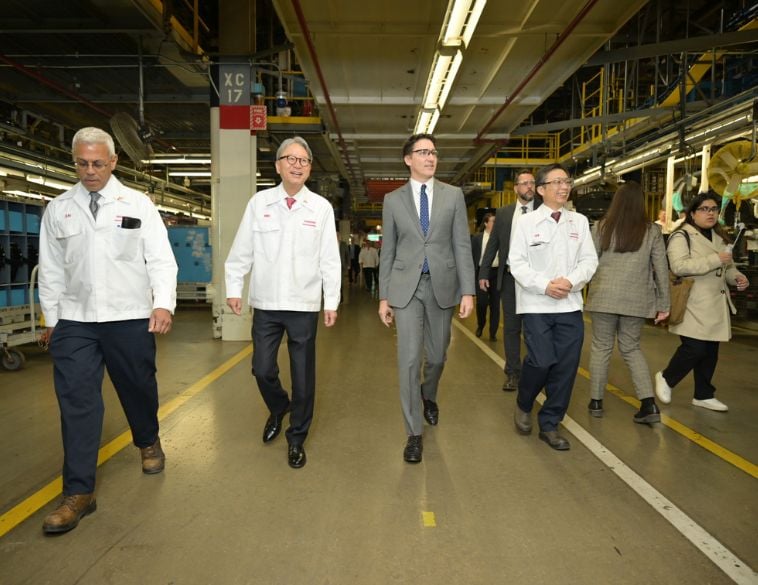The Canadian economy is holding up, but no relief yet for Bank of Canada rates.
As far as the Canadian economy goes, there have been no major surprises of late, and that’s not a bad thing. It’s been holding up relatively well compared to our expectations in the face of a host of headwinds, most notably today’s elevated interest rate environment. As inflation remains above the Bank of Canada’s target, we are unlikely to see meaningful interest rate relief in the short term, but the labour market is continuing to add jobs, and the unemployment rate is still roughly in line with what we saw when we entered the pandemic.
Increase in auto sales
In February, we saw Canadian auto sales increase by 6.3% over January of 2024 in seasonally adjusted terms. They remain volatile on a monthly basis but have continued to recover from the temporary slowdown we saw last summer. We have revised our outlook for Canadian sales to a forecast of 1.74 million units in 2024, up from our previous forecast of 1.71 million; and we expect to see another increase to 1.78 million units in 2025 as interest rates and supply issues ease up.
We expect the Bank of Canada’s policy rate to remain at 5% for the first half of 2024, with cuts arriving in the third quarter. The BoC’s goal is to bring inflation down to a target of 2%, while recent data shows annual headline and core inflation continuing to trend down, slightly below the 3% upper bound of its target as of February. The BoC could begin to lower its policy rate before inflation falls right to 2% but needs to see more data to support the view that inflation is sustainably approaching the target.
Of the BoC’s eight policy rate meetings scheduled in the calendar year, we don’t expect to see any changes in the policy rate until after the meeting in June.
The total of new light-vehicle sales in February came in 2.6% below the non-seasonally adjusted levels in 2019. That was a combination of light truck sales fully recovering and up 9.2%, while car sales during the same period were down 37.7%.
The steady increase in new vehicle supply is also helping to drive down used-vehicle sales, along with the prices that consumers are paying for them.
Consumers spending habits changing
We’re also seeing consumers changing some of their overall spending habits as they try to deal with inflation and higher interest rates. The average hourly wages for permanent employees are about 5% higher than they were at the same time last year, which supports consumer spending. Even so, people are more likely to look for items on sale, they’re buying off-brand items, or they’re buying in bulk to maximize savings. We’re also seeing many people spending their money on experiences, rather than consumer goods.
In the U.S., seasonally adjusted light-vehicle sales increased by 6% in February from January, but consumers are also at the mercy of lingering inflation and elevated interest rates, with the average U.S. 48-month new-car loan rate at 7.85% in February.
We are forecasting U.S. new light-vehicle sales of 15.9 million in 2024, and increasing to 16.7 million in 2025.
Globally, seasonally adjusted auto sales fell 3.7% month-over-month in January, marking the third consecutive monthly decline. Spain, Germany, Italy, the UK, and France marked positive growth, but sales in China fell by 10.1%.
Overall, Canada is still looking at a waiting game. It takes time for inflation to come down, and the BoC is not likely to decrease its policy rate until it has confidence that inflation is returning to its target. But we are seeing positive movement in the labour market, wages, and vehicle sales overall, and we are confident that the recovery is coming.



